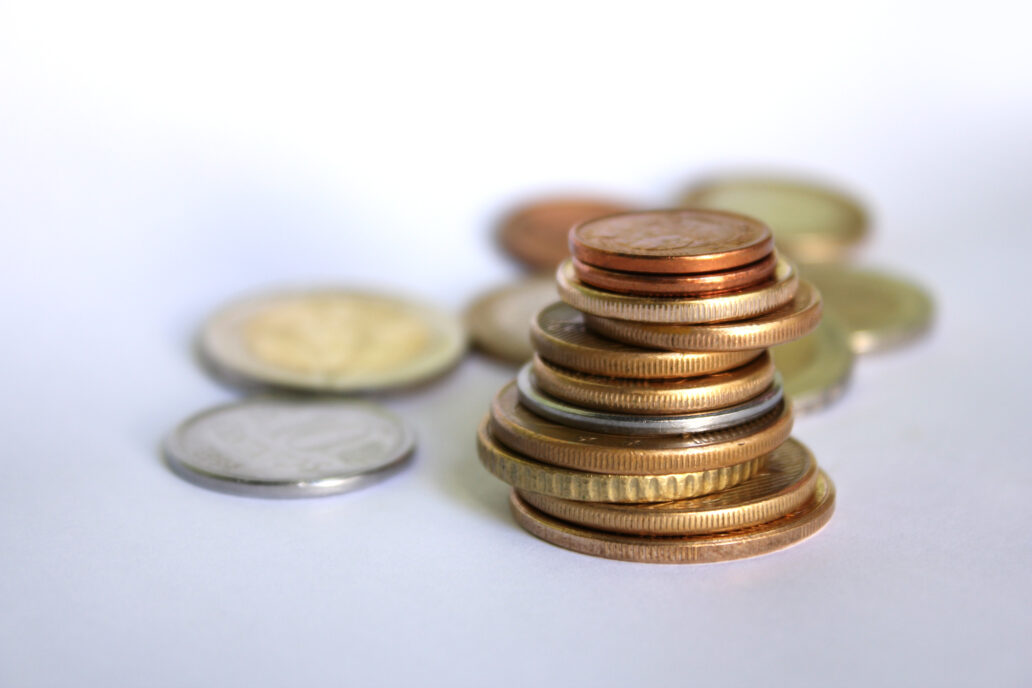
Top 5 Ways to Leverage Grant Money in Medical Device Design
The Industrial Revolution was, at least partly, funded by the Spanish pillaging the new world of gold and silver. Fortunately, since then we have found more controlled and focused programs to assist smart, capable people to achieve their goals. This is especially true in the medical field, where the final product has a direct impact on the health and wellbeing of individuals. So, how do you get your hands on and leverage grant money? How do you maximize the value of it?
In the United States, about 2.5% of GDP is spent on R&D (or $400B), with roughly 60% coming from industry and 30% from government. The good news on the Medical Device front is that more and more of this money is going into Healthcare. How can working with a reputable medical device design firm like StarFish help? Here are a few ideas.
1. Think Big – There are a myriad of programs at the federal, state, and provincial levels. Two that we commonly deal with are SBIR in the US and IRAP in Canada – and there are more. StarFish is familiar with these programs and can provide services to compliment an existing application, support an application pending, or execute on a portion of one underway to help you leverage grant money. Having a reputable design consultant in your corner will only bolster the likelihood of having a grant accepted.
2. Think Smart – University programs offer an interesting challenge and advantage to our clients. These typically require some form of in-kind contribution, and timelines for acceptance and completion are long – so it’s not for everyone. However, if the problem is constrained appropriately, requires specialized knowledge, and is not necessarily critical path, talking to the industry partnership/commercialization branch at a University can be a low cost option to assess or enhance your product, particularly in the early part of a technology exploration stage. Joint venture programs with universities should also consider who owns the intellectual property as innovation is discovered. In addition, having a technical team of product developers with expertise in the field of interest is a huge asset for communication and keeping academics in line – a design consultancy can help here.
3. Think Connected – The NIH or NSERC has appropriate advisors and websites to direct you to the correct people and/or applications. These people typically have a wealth of experience in a variety of industries and have ‘seen it all’. They are the most up to date with the current state of available funds in their jurisdiction and have a rolodex filled with people that can help you leverage grant moneywhich may be more valuable to your project than funding.
4. Think Everywhere – Special interest groups can also offer sources of funding – having a Board Member or advocate familiar with your market and organization and its mandate, is key to leverage grant money. If a relevant special interest group endorsement is granted – it can go a long way with fundraising and grants.
5. Think Specialist – Consulting with a specialist who focuses their efforts on finding grants can be very helpful. They can also unlock other sources of additional financing, including tax rebates. Most people are aware of available tax credits – but if not, a consultant teamed with an accountant who specializes in product development and research can really make a difference to your financial picture. Other consultants can provide grant writing services and advice on how to navigate and understand what an agency is looking and asking for in an applicant. Be sure to understand how much of that money is actually going to your 3rd party specialist up front, particularly with SRED and other tax rebates.
Leveraging precious early stage dollars is important and working with a reputable design firm will help in technology advancement, design planning, as well as grant task completion. If you have a specific challenge in the medical device design area that needs to be addressed, we’d welcome the opportunity to talk about how to leverage grant money!
Mark Drlik is a Concept Development Manager at StarFish Medical. He uses The Stuart Pugh Concept Downselect Matrix to Select the Right Concept in Medical Device Development and design medical devices.
Image: freeimages.com